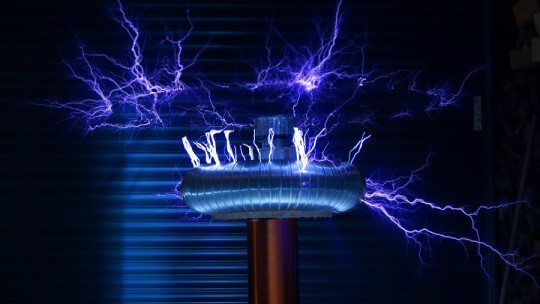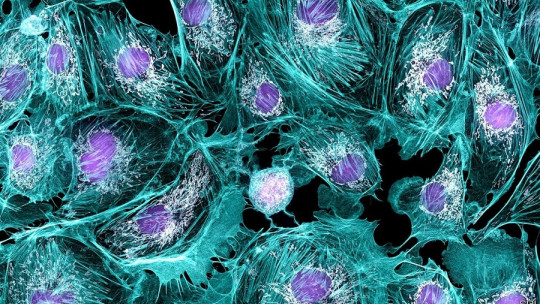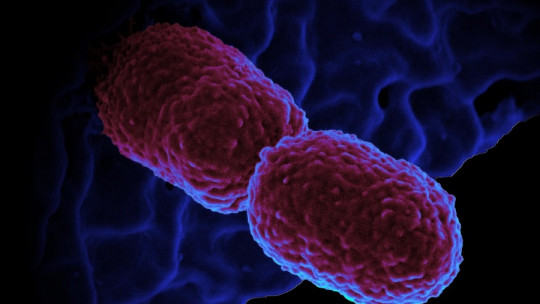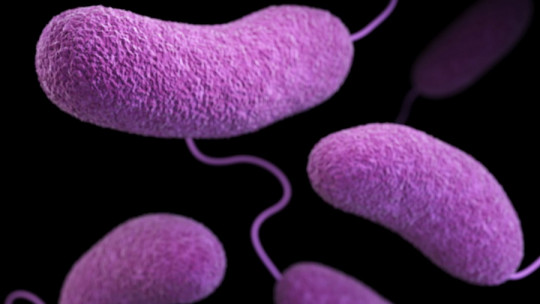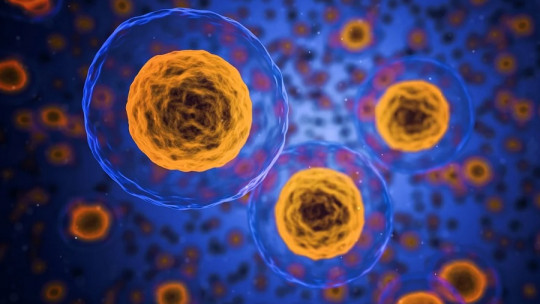The world of electricity is exciting. From the operation of a battery to the emission of neurons within the human body, this set of physical phenomena related to the presence and flow of charges allow us, as living beings, to think, move and exist.
On a social level, electricity has also provided us with an inestimable amount of resources: transportation, lighting, air conditioning and computing, which is said quickly.
It is very curious to know that All living cells in our body have their own electrical charge As the concentration of salts is different in the intracellular and extracellular media (calcium, chlorine, sodium, potassium, etc.), an electric charge and potential difference are established between both media, a term known as “membrane potential.”
The variation in membrane potentials in body cells allows us from thinking (electrical synapses at the neuronal level) to contracting a voluntary muscle, due to the transmission of action potentials and hyperpolarization or depolarization in each specific process. As you see, electricity goes much further than a battery: stay with us and Find out everything about electrostatic pressure
What are the bases of electrostatics?
Electrostatics is defined as that branch of science that studies the mutual effects that occur between bodies as a consequence of their electrical charges All objects on Earth are composed of atoms, minimal constituent units of matter with the properties of a chemical element. At rest, the positive charges of the atomic nucleus (99.94% of the total weight) are balanced by the negative charges of the surrounding electrons, so the object is considered to be at rest.
When an atom loses or gains electrons, it acquires a positive or negative electrical charge. By common convention, when an atom loses one or more electrons it is considered “positively charged” (since protons have a positive charge and are more in number than negative electrons), while if the atom integrates electrons, it becomes charged. negative. From here on, both are called ions, whether they are positive or negative.
When an atom or molecule acquires a charge, it automatically begins to be influenced by electromagnetic fields and generate them by itself Based on this premise, we can describe many biological phenomena, such as chemical bonds. For example, the ionic bond, which consists of the transmission of electrons from a metallic atom (less electronegative) to non-metallic atoms (more electronegative).
What is electrostatic pressure?
Going into flour, we are afraid that we cannot give you a very exact definition of this term, as it seems to be slightly out of use in the scientific community. Various portals use the word “electrostatic pressure” to designate the electrical force of attraction or repulsion between particles with different or identical electrical charges, respectively.
If we accept this term, we will see that The most correct way to refer to this electrostatic phenomenon is “electric force.” The electric force or electrostatic pressure will, then, be the force that appears between two or more charges, whose module depends on the value of the charges and the distance that separates them (and the sign depends on each charge). This terminological conglomerate can be summarized in the following points:
Today, These postulations based in the field of physics are included under the umbrella of Coulomb’s Law stated by the French physicist Charles-Augustin de Coulomb in 1785. These postulations can be collected in the following formula:
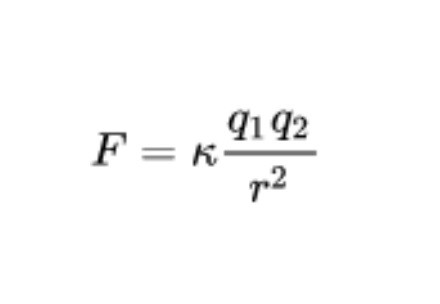
In this formula, F refers to the total electrical force or electrostatic pressure, k is Coulomb’s constant, q1 and q2 are the values of the charges of the aforementioned atoms (in coulombs) and r is the distance between both charges in meters squared. . As a note, it should be noted that the unit “coulomb” or “coulomb” is defined as the amount of charge transported in one second by a current of one ampere of electric current intensity.
The desired result (F) represents the force of attraction or repulsion in Newtons between both atoms or electrically charged molecules The electric force or electrostatic pressure is a vector magnitude, so, in addition to calculating the module, its direction and sense must also be estimated. If we only have two atoms in play, the direction of the electric force will be consistent with the line that joins both charges. On the other hand, depending on the sign of the atom, the sense can be attraction (+/-) or repulsion (+/+, -/-).
Based on all these premises, a series of conclusions that are as clear as they are fascinating can be drawn: Charges with the same sign experience an electric force that tends to separate them, charges with a different sign experience a force that tends to unite them and, the closer the charged atoms are, the magnitude of the electric force of attraction or repulsion is greater.
Limitations of Coulomb’s law
Despite being a revolution in its day and still valid today, it is worth noting that Coulomb’s law also reports certain limitations Among them, we find the following:
The biological utility of electrostatic pressure
The fact that there are positive and negative atoms is not only useful at the level of knowledge For example, ions are essential in the functioning of biological systems, both at the muscular and neurological levels and in all organic tasks. Let’s look at a specific case in which electrical potential is transformed into tangible acts.
When a muscle is at rest, the attractive forces between the actin and myosin that compose it are inhibited. If we develop the desire to perform a specific movement (such as frowning), we emit an action potential in the brain (an electrical discharge wave) that travels through neuronal synapses to the membrane of the motor neuron (motoneuron). related to that muscle that we want to contract.
These electrical potentials cause the motor neuron to release a chemical message to the muscle tissue, transforming this order into the release of acetylcholine that binds to the receptors on the muscle membrane. This change in membrane potential at the muscle surface allows the opening of ion-dependent channels within the cells which results in a massive entry of calcium ions (Ca 2+) after a series of steps, changing the conformation of muscle actin and myosin and allowing contraction.
Summary
As you can see, electrostatic pressures or electrical forces are everywhere. Electricity not only modulates the behavior of a light bulb or a battery, but, in the broadest sense of the word, it allows us to transmit nervous signals to all parts of our body and respond to environmental stimuli in the most effective way possible.
In the end, everything is a game of charges: atoms or molecules with the same charge repel each other, while those with different charges are attracted, ideally with a force in a linear direction that will be greater the closer both bodies are. With these premises, we can describe bonds such as ionic and covalent bonds or the potential of cell membranes, therefore, life itself and the atomic organization of living beings. Without a doubt, without electricity we are nothing.


